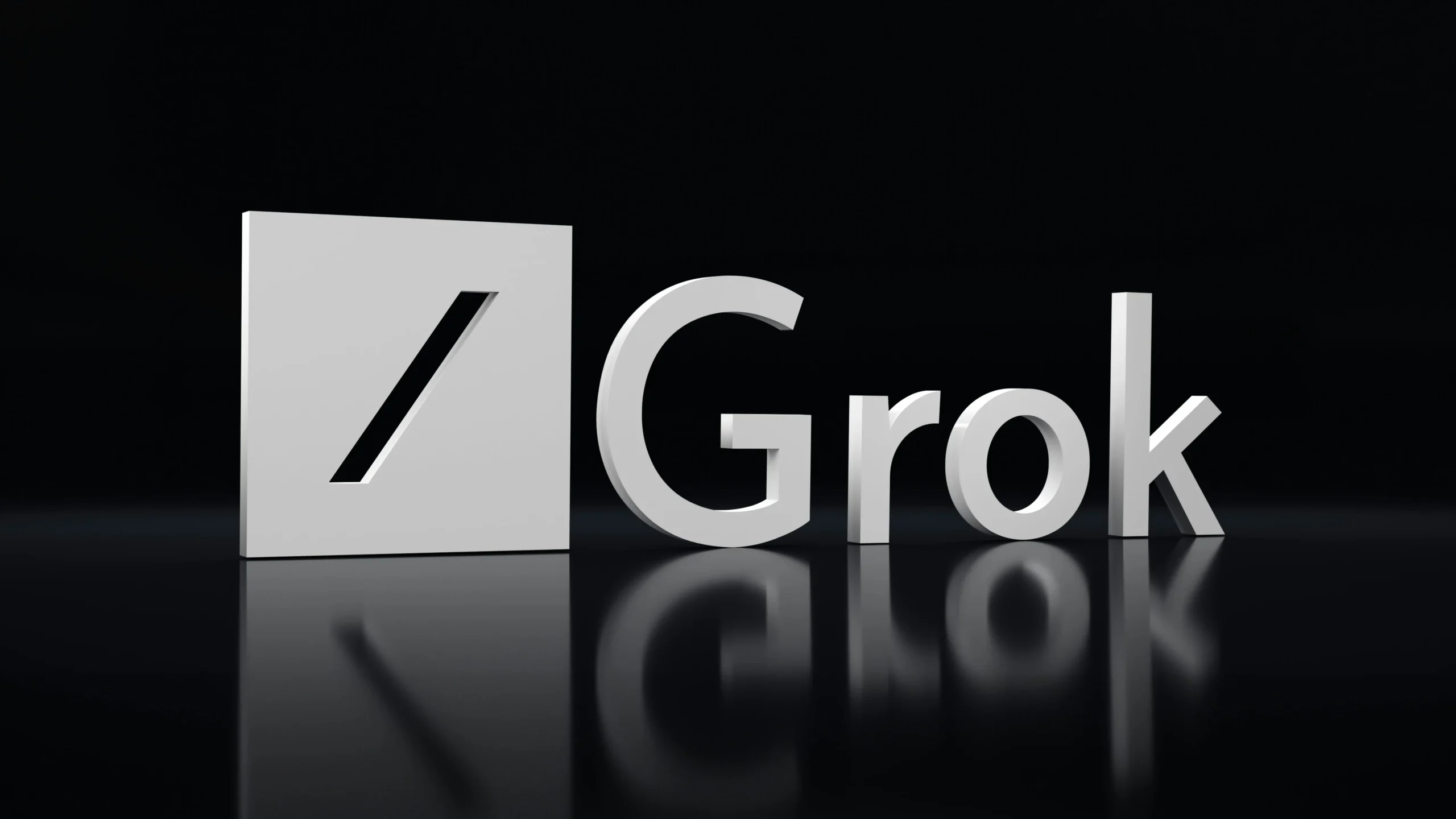Elon Musk’s xAI is making waves in the world of artificial intelligence, and at the heart of it all is Grok, a chatbot that highlights just how quickly AI is advancing. Since it first launched, Grok has gone through some impressive changes, evolving across several versions and incorporating the latest tech to boost its performance. In this article, we’ll take a closer look at Grok’s journey, examining its different versions and the innovative technologies that drive it.

The Birth of Grok
When xAI launched Grok, the goal was clear: to create an AI that could understand and interact with people as naturally as a friend would. The early versions set the stage, honing in on natural language processing and basic reasoning skills. But as the field of AI has grown and changed, so has Grok, leading to the creation of more advanced versions that push the envelope of what AI can do.
Grok-1 and Grok-1.5: Building the Foundation
On March 17, 2024, the AI community welcomed Grok-1, the first major release of this innovative platform, which was made open source. This move opened the doors for developers around the globe to dive in, explore its features, and contribute to its ongoing evolution. Just a couple of weeks later, on March 29, xAI unveiled Grok-1.5. This updated version came with enhanced reasoning abilities and an impressive context length of 128,000 tokens, allowing for more fluid and extended conversations. Then, on April 12, 2024, the introduction of Grok-1.5 Vision (Grok-1.5V) marked a notable leap forward, as it included the capability to analyze and process a variety of visual content—everything from documents and diagrams to graphs, screenshots, and photographs.
Grok-2: Integrating Image Generation
The journey continued on August 14, 2024, with the launch of Grok-2, which added an exciting new feature: image generation. By leveraging Flux from Black Forest Labs, Grok-2 enabled users to create images based on textual prompts. This meant that whether you wanted to see a public figure, a beloved character, or a scene from your imagination, Grok-2 could bring it to life—albeit with some minimal restrictions. While this freedom sometimes led to unexpected or controversial results, it truly showcased Grok’s remarkable adaptability in handling diverse input types, making it a versatile tool for creative expression.
Aurora: A New Era in Image Generation
Understanding the growing need for sophisticated image creation, xAI unveiled Aurora, their innovative text-to-image model, on December 9, 2024. This cutting-edge tool quickly gained attention for its stunning photorealistic visuals and more relaxed restrictions compared to earlier models. TechCrunch praised Aurora for its impressive ability to craft high-quality images of public figures and copyrighted characters, showcasing a remarkable leap in generating vivid and intricate designs.

Grok-3: A Major Breakthrough in AI Power and Reasoning
Fast forward to February 17, 2025, when xAI introduced Grok-3, signaling a remarkable advancement in artificial intelligence. This version was fueled by ten times the computing power of its predecessor, thanks to xAI’s colossal data center, Colossus, which boasts around 200,000 GPUs. Grok-3’s training included a wider dataset, even delving into legal documents, which sharpened its reasoning and understanding skills. xAI proudly claims that Grok-3 surpasses OpenAI’s GPT-4o across various benchmarks, including AIME for math reasoning and GPQA for PhD-level scientific queries.
To learn more open: https://en.wikipedia.org/wiki/XAI_%28company%29?utm_source=chatgpt.com and https://en.wikipedia.org/wiki/Grok_%28chatbot%29?utm_source=chatgpt.com
Technical Highlights of Grok-3
Grok-3 is packed with impressive specifications that enhance its performance:
- Total Parameters: 2.7 trillion
- Training Dataset: 12.8 trillion tokens
- Response Latency: A speedy average of 67 milliseconds, thanks to its advanced neural network and parallel processing capabilities.
- Context Window: A whopping 128,000 tokens, which significantly boosts its ability to maintain long conversations and tackle complex problems.
These features contribute to Grok-3’s exceptional adaptability and real-time AI capabilities.
Reasoning Modes: “Think” and “Big Brain”
One of Grok-3’s standout features is its advanced reasoning modes, which allow it to tackle challenging tasks while fact-checking itself. The two modes are:
Think: This mode reveals Grok-3’s thought process, helping users understand how it reaches its conclusions.
Big Brain: Utilizes extra computing power for more demanding problem-solving tasks.
These modes allow users to customize Grok-3’s responses according to their needs, making it a versatile tool for various inquiries.
DeepSearch: Revolutionizing Information Retrieval
In tandem with Grok-3, xAI rolled out DeepSearch, an impressive feature that scours the internet and X (previously known as Twitter) to produce detailed summaries based on user queries. Positioned as a competitor to OpenAI’s deep research capabilities, DeepSearch enhances Grok-3’s ability to deliver current and thorough information, reinforcing its role as a sophisticated AI assistant.
Looking Ahead: Open-Source Initiatives
In an exciting development, Elon Musk announced plans to open-source Grok-2 in the near future, aiming to encourage community involvement and speed up AI innovation. This move reflects xAI’s commitment to transparency and collaboration within the AI landscape.
Conclusion
The journey of Grok from its initial version to the advanced Grok-3 highlights xAI’s relentless pursuit of pushing the limits of artificial intelligence. By continuously integrating cutting-edge technologies and broadening its capabilities, Grok has established itself as a significant player in the AI arena, providing users with a powerful and versatile tool for a multitude of applications.
Read Also : https://victoryhubs.com/technology-ai/is-ai-replacing-human-intelligence/